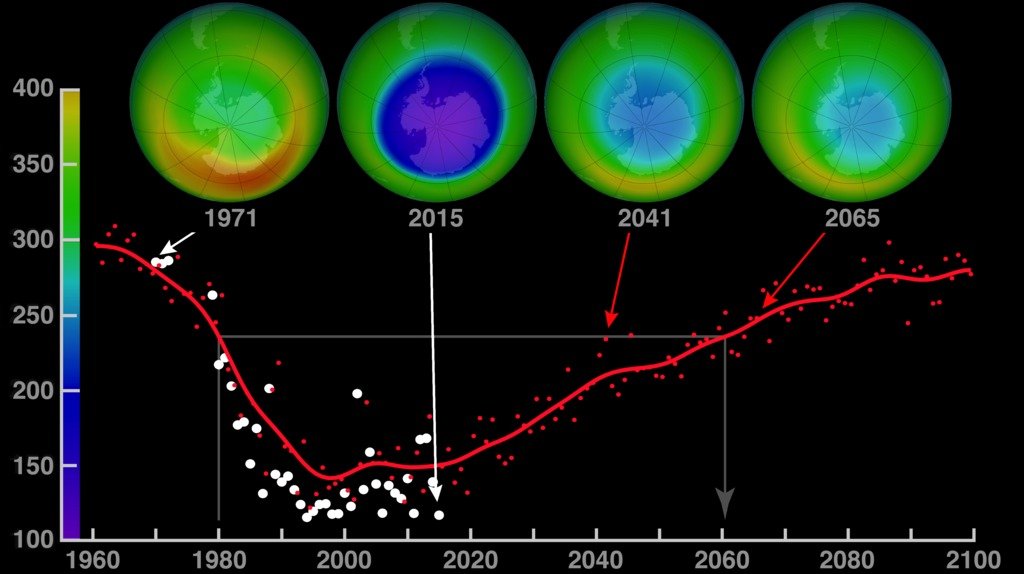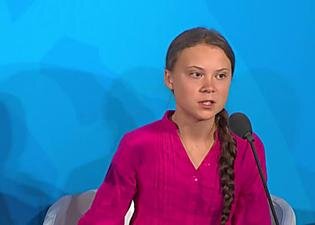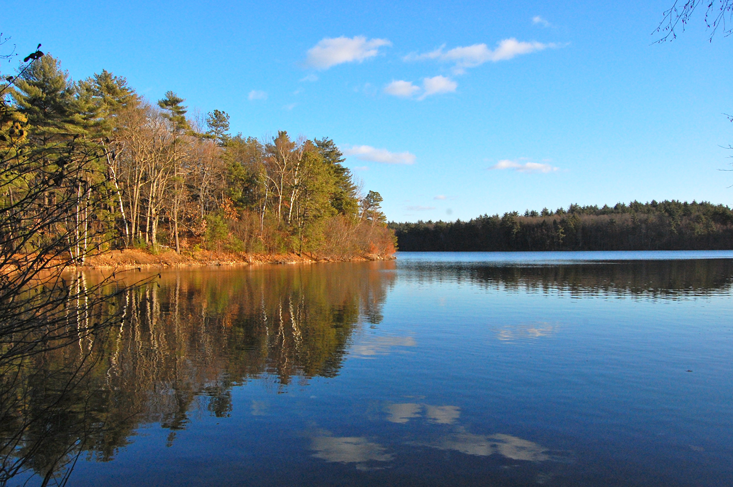Distilled:
“For many climate advocates, 2022 was a year that brought hope. After decades of failed efforts, the United States finally passed a climate bill. And not just any climate bill. The Inflation Reduction Act (IRA) may be the biggest climate bill in history.
But the federal climate bill wasn’t the only sign of climate progress in 2022. Leaders around the world took significant action this year. Meanwhile, investment in key climate solutions like electric vehicles, offshore wind, and heat pumps grew faster than ever before.”






















